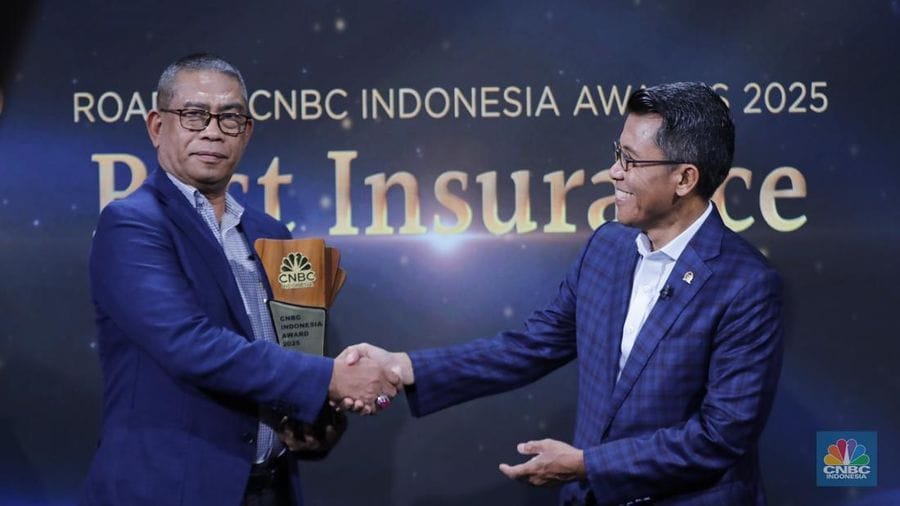Jakarta – As the global race for technological supremacy intensifies, the World Economic Forum (WEF) has released its much-anticipated 2025 list of the top 10 emerging technologies poised to reshape the world. Compiled in collaboration with scientific publisher Frontiers Media, the report emphasizes conceptual breakthroughs over corporate developments—highlighting where the future is headed, not just who is leading it.
In a region like Asia where rapid urbanization, population growth, and sustainability challenges intersect, understanding these innovations is essential for policymakers and industries alike.
1. Advanced Nuclear Design
Small-scale nuclear reactors with alternative cooling systems are forecasted to revolutionize clean energy, especially as countries like the U.S. under Trump push faster licensing. WEF predicts these reactors will be critical in building reliable, low-emission electricity grids globally.
2. Structural Battery Composites
To reduce energy density and weight in electric vehicles and aircrafts, researchers are developing lightweight materials that double as batteries—enhancing both performance and environmental sustainability.
3. Collaborative Sensors
Imagine self-driving vehicles sharing real-time data with each other, emergency services, and urban authorities. These interconnected sensor networks could reduce accidents, optimize traffic, and increase response times.
4. Generative Watermarks for AI Content
In a digital world increasingly dominated by generative AI, distinguishing real from synthetic is crucial. AI watermarking may provide a solution, labeling machine-generated content and limiting the spread of misinformation.
5. Green Nitrogen for Agriculture
Currently, fertilizer production is carbon-intensive. Green nitrogen technology uses electricity-driven processes to create more sustainable farming practices—vital for food security in Asia’s agricultural economies.
6. GLP-1 Drugs for Neurodegenerative Disease
Originally developed for diabetes and obesity, GLP-1 medications are now being explored for treating Alzheimer’s and Parkinson’s—offering a potentially paradigm-shifting approach to chronic neurodegenerative conditions.
7. Autonomous Biochemical Sensors
These wireless, real-time sensors can monitor health or environmental changes continuously, enabling breakthroughs in early disease detection and pollution tracking—key issues in densely populated Asian cities.
8. Nanozymes
Synthetic enzymes, or nanozymes, outperform natural enzymes in stability and cost-efficiency, expanding their use in medical diagnostics, pollution control, and industrial applications.
9. Internal Synthetic Therapies
Biotech researchers are developing treatments using beneficial bacteria engineered to deliver therapies from inside the body—paving the way for long-term, cost-effective disease management.
10. Osmotic Energy Systems
This innovation harvests energy from the pressure difference when saltwater and freshwater meet. Especially suited for coastal areas in Southeast Asia, osmotic systems promise cleaner electricity without harming marine ecosystems.
As technology continues to advance at a breakneck pace, WEF’s 2025 forecast serves not just as a scientific snapshot but also as a strategic lens for regional leaders, businesses, and educators. In Asia, where tech adoption often leads global trends, these breakthroughs may soon define policy, investment, and societal transformation.









